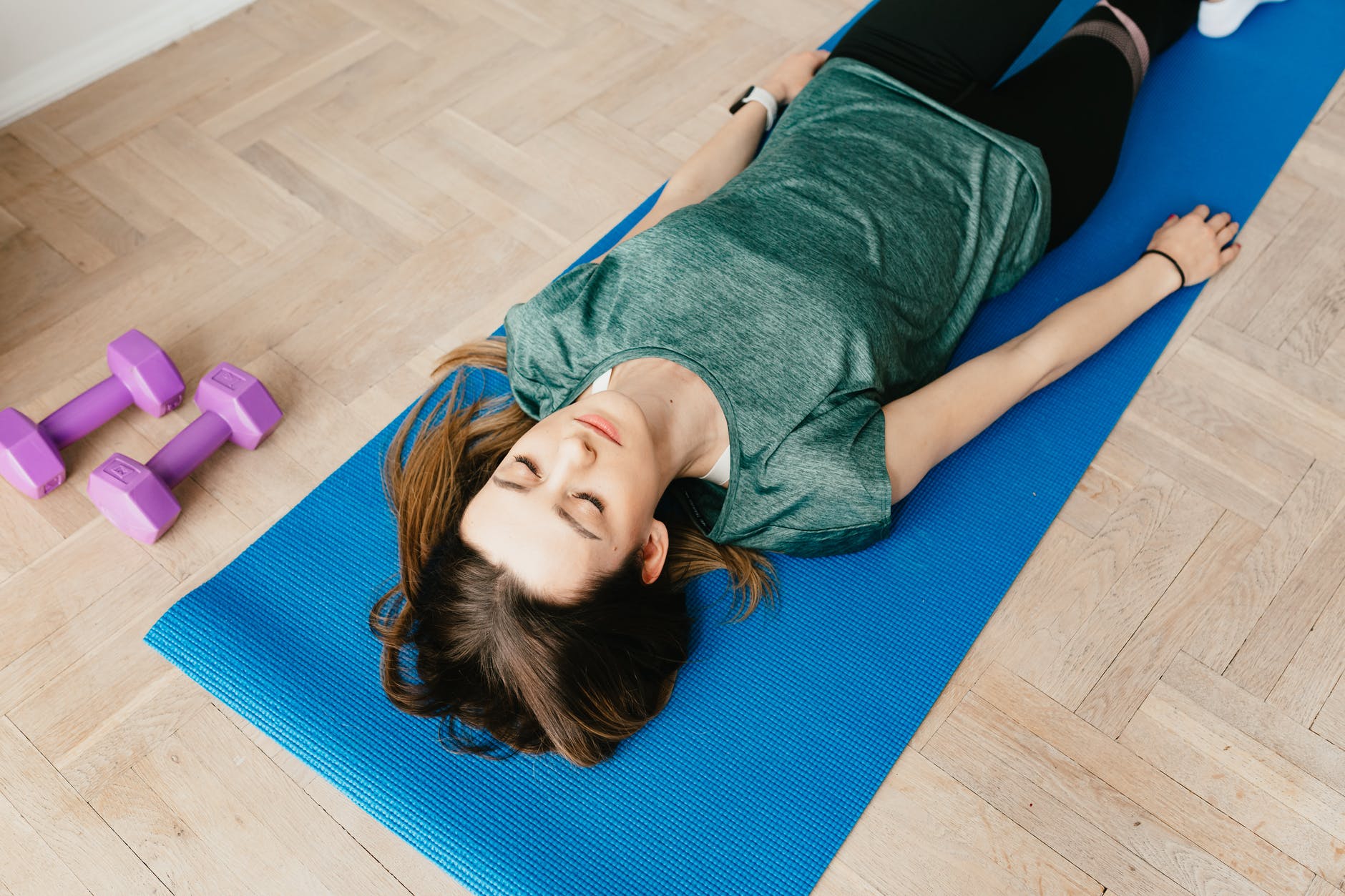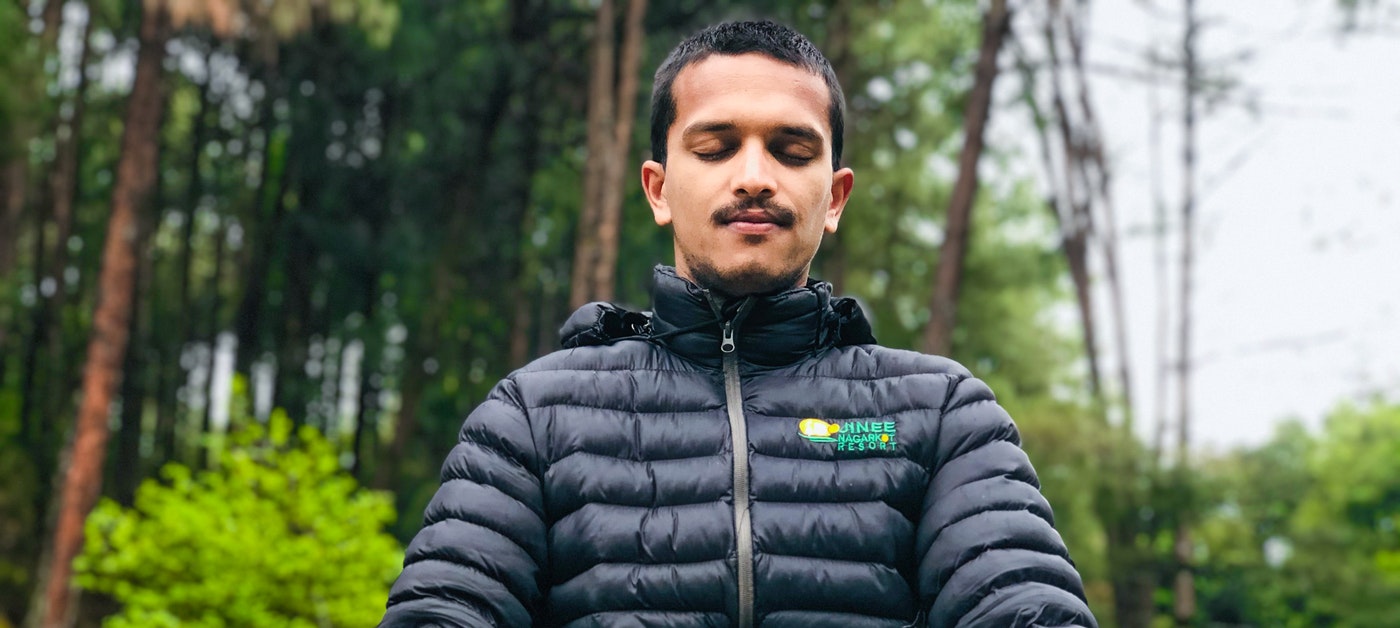Before one jumps into the many ways of regulating breath through Pranayama, it is important first to first get familiar with your own respiratory system and breathing pattern through Natural Breathing.
For the old and improper breathing pattern to be changed, it is crucial that this simple technique of natural breathing be performed to prepare and strengthen the respiratory system for more advance pranayama practices.
Natural breathing technique helps in relaxing the body.

Procedure
- Sit in a comfortable meditative posture with your back straight or you can lie down in shivasana. Try to relax the whole body.
- Your hands could be in chin mudra or jnana mudra (when sitting) or by your sides when lying down.
- Just gently observe how you naturally and spontaneously breath.
- Feel the breath moving in and out of your nose. Do not try to influence or control the breath in any way.
- You can start to feel the cool sensation of the breath flowing inwards at the tip of your nose and warm sensation of breath flowing outwards.
- Feel the breath as it flows in and out at the back of your mouth.
- Now, you can bring your awareness to region of your throat and feel the breath flowing in the throat.
- Now, you can bring your awareness down to your chest area and feel the breath flowing in your lungs.
- Bring your awareness to how your lungs expand and contract.
- Now move your attention to your rib-cage and observe its expansion and relaxation.
- Now move your attention to the abdomen and feel it move upwards on the inhale and downwards on the exhale.
- At last, bring your awareness to the whole breathing process that starts from the nostrils and finishes at the abdomen.
- Continue to observe this whole process for some time.
- Finally, open your eyes.
Duration
Start with 5 minutes. You can stretch it till how long you feel comfortable. Natural breathing technique can be practiced any time.
Precautions
- Sensations of tingling, numbness, heat, cold, itching, or lightheadedness may occur. Usually this is temporary and goes away once you continue to practice. If the sensations remain then consult with your yoga teacher.
- Practice should be avoided during illness.
Benefits
- It helps in relaxing the body.
- It helps in slowing down the respiratory system.
- It is an essential and basic step in the journey of starting pranayama practice.
References
- Book: Hatha Yoga Pradipika Translated by Pancham Sinh.
- Book: Asana Pranayama Mudra Bandha by Swami Satyananda Saraswati
- Book: The science Of Pranayama by Sri Sivananda.
- Book: Light on Pranayama by B.K.S Iyengar.
